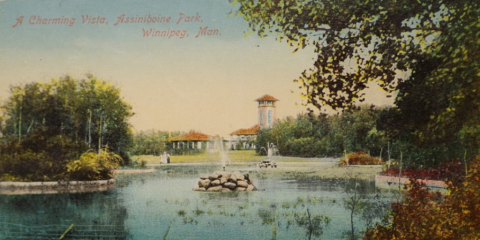
Quick Facts
Name
Assiniboine Park (formerly known as City Park)
Type of Landscape
Recreational City Park
Location
55 Pavilion Crescent, Winnipeg, Manitoba
Lands south of the Assiniboine River
GPS 49°51′46″N 97°14′40″W
Timeline
Master plan for 280 acres (113.3 ha.) completed by Landscape Architect Frederick Todd in 1905.
First Superintendent: George Champion, 1907-1935
Stewards
City of Winnipeg. Administered by the non-profit Assiniboine Park Conservancy
Legacy
Urban Place-making
Honouring the iconic design of Frederick Todd over 12 decades
Awards
CSLA Award of Excellence for Large-Scale Public Landscapes - The Leaf at Assiniboine Park (2024)
Introduction

Thanks to a much-needed immigration boom at the turn of the 20th century, Winnipeg’s population ballooned in size. The City, determined to create a sizable park for its citizens, secured a generous sweep of prairie landscape, and by 1903, the City’s volunteer Parks Board had drawn up an extensive wish list. “City Park” promised to be expansive.
By happy coincidence, a talented young eastern landscape architect who had worked extensively with the Olmsted firm on Montreal’s Mount Royal Park, arrived in town. Frederick Gage Todd accepted the City’s commission. Assiniboine comprises Todd’s only park design in Winnipeg and his first in Western Canada.
Schooled in the Olmsted way, Todd first fixed the landscape’s character in his mind: it was “the open plain itself,” he said. And by 1905, he had imagined a vast Prairie Park with “an unbroken view of about a mile.” Todd had embraced the prairie landscape, shaping every planting and amenity to augment that “enlarged sense of the bounteousness of nature” which still today defines Assiniboine Park.
The Park speaks to the prairie soul, with sweeping landscapes of immense lawns, masses of flowering shrubs, winding pathways and grand avenues lined with towering elms. The Park’s only significant rise, in Todd’s day, was a gentle wooded slope, crested by a landmark Pavilion where Winnipegers could once dance and dine.

For more than a century since, the dining, the world-class zoo, the conservatory, the playing fields and picnic sites, the free performances on the lawns, have continued unabated, delighting the citizenry. And today, despite periods of benign neglect, the park is undergoing a renaissance, thanks to the non-profit Assiniboine Park Conservancy. The Conservancy has added magnificent new amenities and brilliantly restored the older, treasured ones, while reinforcing the park as Canada’s most spectacular representation of the Olmsted model. After 12 decades of growth, Assiniboine is still Todd’s park.
“The Bounteousness of Nature” … on a Budget
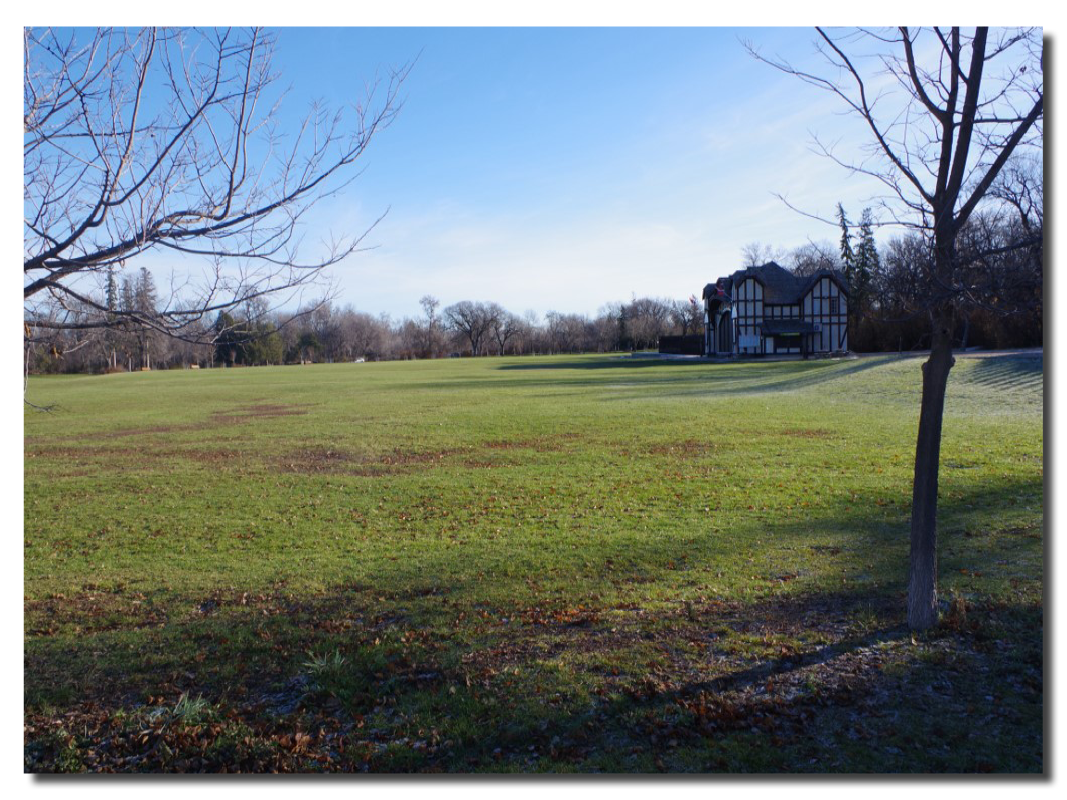
In 1903, notable Landscape Architect Frederick G. Todd arrived in Winnipeg travelling at his own expense. Todd was not yet 30, but his LA prowess was already well-known in the east. The City’s frugal Parks Board jumped at the chance. Would he design a new park for the City, for a reasonable fee?
Todd accepted, but with its $50,000 budget largely spent on land allocation, only a meagre $11,000 remained for development. Hence, Todd’s draft plans were debated, then rejected, then scrutinized again. The Board members, wary of any design that might take years to emerge, wanted City Park completed before their “grey hair turned entirely white.”
For the City, the plan went exceedingly well. Todd designed a triumph of a picturesque prairie park that was rapidly adopted by Winnipeggers, and more fortunately still, fully embraced by Parks Board Superintendent George Champion (1907-35), who had been schooled at Kew Gardens.
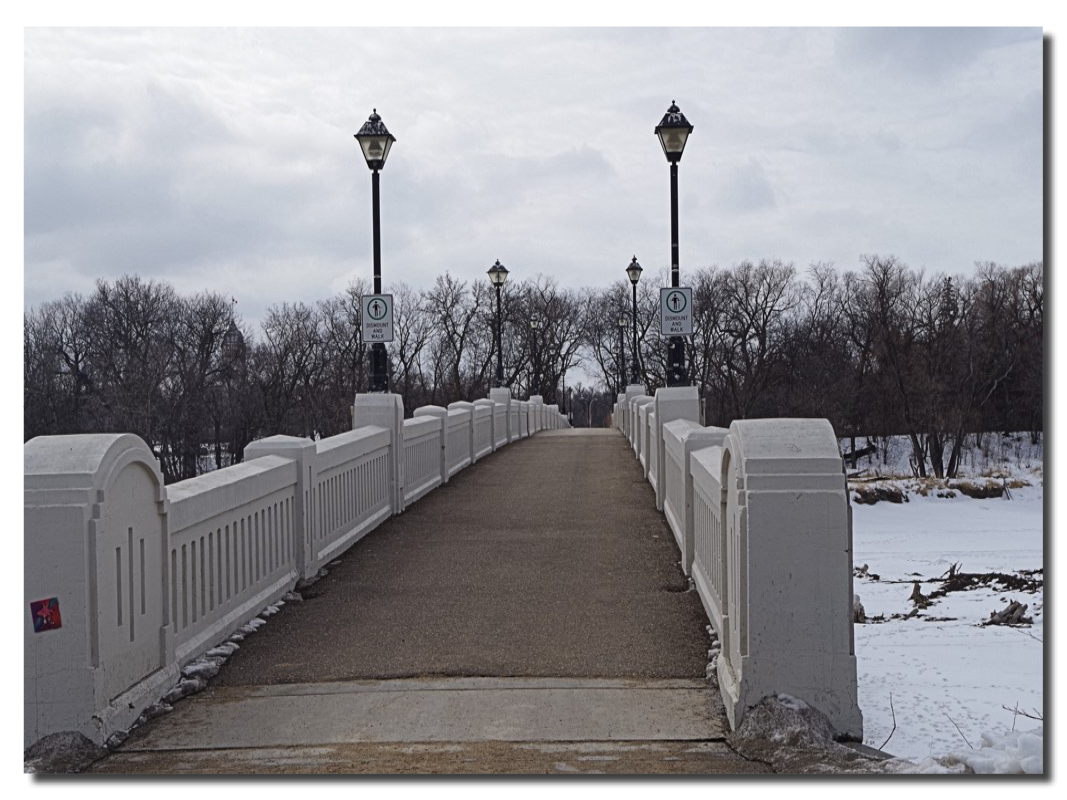
In his first two decades, Champion excavated a duck pond, acquired a large (inexpensive) seasonal pavilion and picnic shelter, and a conservatory (prefabricated). Then, in 1928, he himself designed the much-beloved English Garden. A charming new Tudor-style Pavilion followed and in 1931 a ferro concrete foot-bridge which replaced a rickety seasonal structure over the Assiniboine River to connect visitors arriving by public transit directly to the park. By the 1930s the Frederick Todd / George Champion vision of a “bounteous” nature had been fulfilled.
Amazing Space
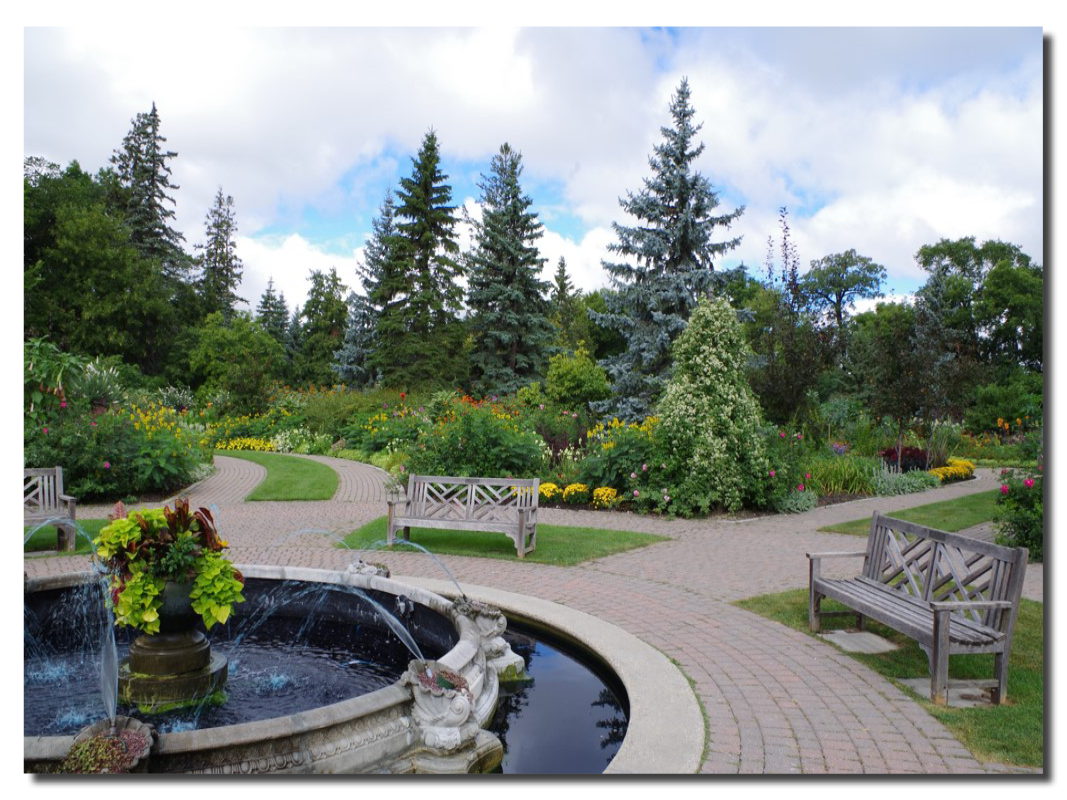
Just as iconic as Winnipeg’s Golden Boy – but a decade older and WAY more fun – Assiniboine Park has been a symbol of the City for more than a century.
Over 12 decades, Assiniboine Park’s size has expanded exponentially, topping some 450 hectares (1100 acres). During periods of enlightened leadership, the Park has thrived. In the 1960s, the Metropolitan Corporation of Greater Winnipeg instituted zoo and park planning and, working with park designers, transformed the Park’s aging structures and landscapes, while brilliantly maintaining the essence of Todd’s 1905 plan.
During the last half century, landscape architects have master-planned several award-winning additions, such as the Leo Mol Sculpture Gardens opened in 1992 to wide acclaim. Designed by landscape architect Garry Hilderman the Leo Mol Sculpture Garden integrates seamlessly into the English Garden. And during summers without end, the Park added attractions, from model train rides to zoo expansions and free concerts on the outdoor stage.
In 2008, in part to deal with ever-present under-funding, the non-profit Assiniboine Park Conservancy signed a 50-year-lease with the City, intent on spurring the private donations necessary to revitalize the park. Landscape architects, HTFC Planning & Design of Winnipeg, have been intimately involved in the realization of its bold plans. Today, the Park holds a state-of-the-art 90-acre zoo, an enlarged duck pond, a dynamic children’s playground, a restored riparian forest, and The Leaf, a magnificent new conservatory, which includes four biomes and 30 acres of outdoor garden.
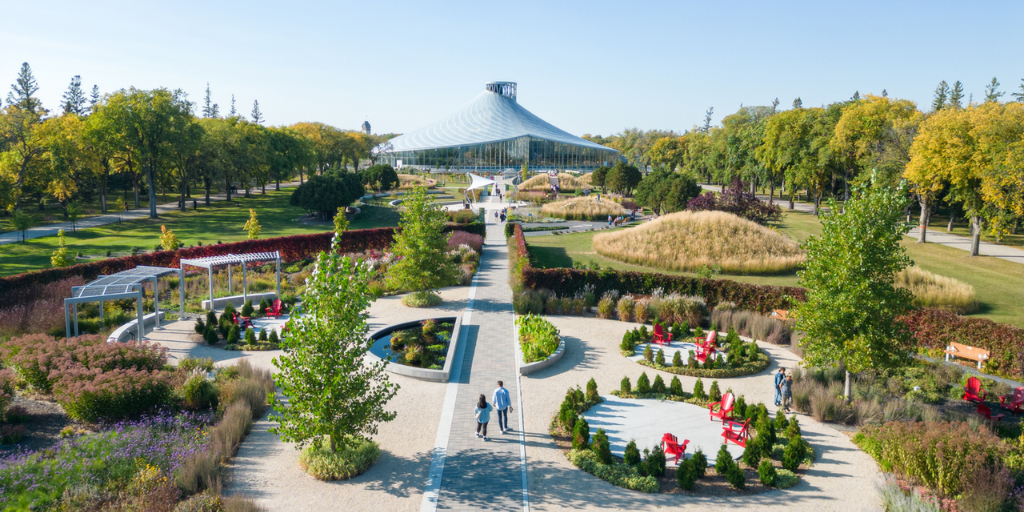

The Cultural Landscapes Legacy Collection highlights the achievements that have made a lasting impact within the field of landscape architecture and on communities across Canada.
